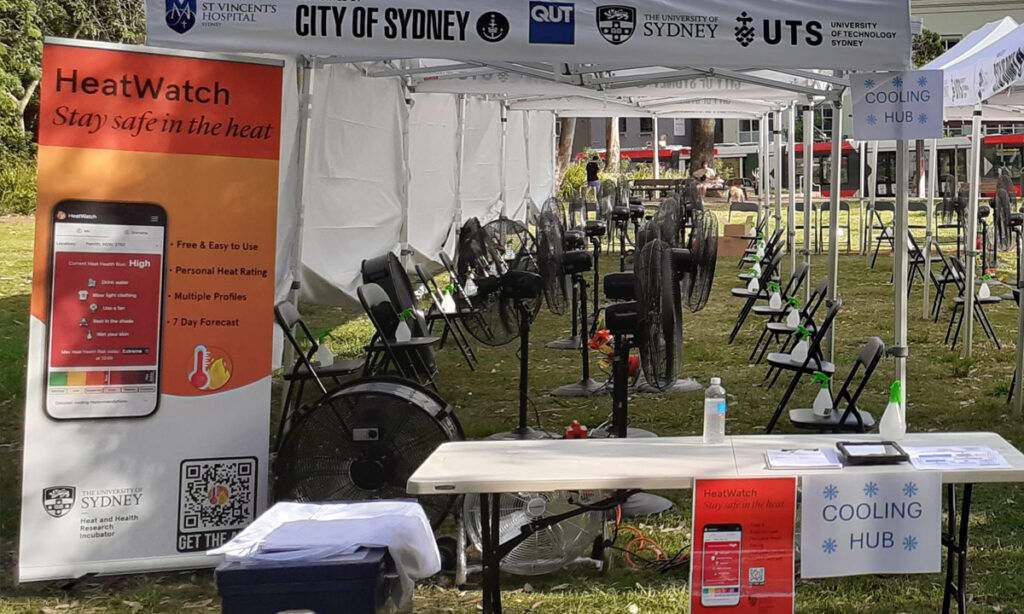
The impact of extreme heat due to global warming is disproportionately felt by people experiencing homelessness, marking a significant climate injustice. These individuals face considerable challenges, including a lack of stable housing and higher rates of chronic health conditions, which hinder their ability to cope with severe heat. Addressing this complex intersection requires focusing on the underlying social and structural determinants of homelessness, alongside achieving net-zero carbon emissions to limit global temperature rise.
Understanding and mitigating the negative health impacts of extreme heat on people experiencing homelessness is a vital step in public health efforts. This article delves into the state of this pressing issue in Australia, exploring existing knowledge and identifying critical gaps and limitations. Emerging heat-response actions and recommendations are provided to guide research and action towards mitigating heat-health impacts and future harm for people experiencing homelessness in Australia.
Multifaceted Climate Challenges for Australia’s Homeless
Heatwaves have become more frequent and intense with global warming, posing a growing public health and equity concern, especially for approximately 122,500 people experiencing homelessness in Australia. Homelessness includes rough sleeping and more hidden forms such as using emergency shelters or overcrowded boarding houses. The prevalence of homelessness is rising alongside hotter and longer summers in Australia. Between 2020 and 2024, rough sleeping increased by 22%, from a monthly average of 3,808 to 4,636.
The Australian Government recognizes people experiencing homelessness as a priority population, aiming to address inequity through investment and policy. This group is disproportionately affected by physical and mental health conditions, with an over-representation of First Nations and LGBTQIA+ people due to social and historical inequities. They are on the frontline of this climatic upheaval, facing systemic cooling poverty characterized by barriers to spaces that provide respite from the heat.
In urban settings, people experiencing homelessness are exposed to the urban heat island effect, where urban infrastructure intensifies heat. Their physical and mental health conditions, compounded by factors such as substance use and a lack of social support, impair their capacity to cope with extreme heat. Evidence shows far greater heat-related hospital admissions, morbidity, and mortality in people experiencing homelessness compared to housed populations.
Addressing Knowledge Gaps: Progress and Challenges
Understanding of heat-health risks for people experiencing homelessness largely stems from cross-sectional, case-based, epidemiological, and qualitative research. Longitudinal studies are urgently needed to explore the heat exposure and thermal physiology and behavior of people experiencing homelessness in greater depth. Although nascent studies show high heat exposure and risk, more research is needed to measure environmental parameters such as air temperature, humidity, and wind speed in various urban settings.
Collecting these data requires acknowledging that people experiencing homelessness often prioritize immediate survival over heat-health risks. Ethical research must remunerate participants and support access to essentials such as food, water, and temporary accommodation. Researchers may face barriers related to distrust of large organizations, hindering consent and participant recruitment.
Longitudinal data would enable the development of a heat stress risk scale tailored as a preparedness tool for health care and outreach services. Such a scale could refine emergency heat-response strategies, which evidence suggests would be activated earlier than for the general population. These data would also enable modeling future heat-health risks in Australia under global warming scenarios and evaluating the effectiveness of interventions.
Emerging Heat-Response Action for Australia’s Homeless
In Australia and globally, public health efforts to address the unfair distribution of heat impacts have focused on cooling centers to shield socially disadvantaged people from extreme heat. These centers, typically air-conditioned buildings like libraries and community halls, are a key strategy in public health policy for heat emergencies. However, cooling centers are only effective for those who can attend, highlighting a core challenge for homeless populations who face significant barriers to access.
Personal cooling interventions other than air conditioning can alleviate heat strain. These methods are highly mobile, cost-effective, and mitigate heat and cardiovascular strain. Shade, electric fans, and water-based cooling strategies offer immediate relief and are more sustainable due to their cost-effectiveness and scalability. These strategies redefine what constitutes a “cool space,” transitioning from expensive, fixed centers to low-cost, mobile, individualized field-based cooling.
Building on empirical evidence, a transdisciplinary team is co-designing a mobile cooling hub, the first of its kind. This initiative involves people with lived experience of homelessness, health care professionals, and international advisers. The hubs offer immediate, personalized heat relief for people experiencing any form of homelessness, with a focus on those sleeping rough. They are strategically promoted and located for accessibility and hosted by experienced health care staff who deliver both immediate aid and longer-term support.
The research evaluation of these hubs was co-determined with people with lived experience and key stakeholders. The feasibility of the hubs will depend on space availability, operational costs, and staffing. This proactive initiative aims to ensure essential services reach people where they are, addressing immediate heat-health risk and broader unmet needs informed by the voices and choices of people experiencing homelessness.
Conclusion
The intersection of homelessness and extreme heat is a critical public health and equity challenge. This article highlights the heat-health risks faced by people experiencing homelessness, gaps and limitations in research and public health strategies, and the urgent need for innovative, inclusive interventions. Addressing these limitations through co-designed, transdisciplinary approaches may better protect people experiencing homelessness and foster scalable, sustainable heat-resilience strategies. Prioritizing the most vulnerable as temperatures rise is essential for a more equitable and climate-resilient Australia.






